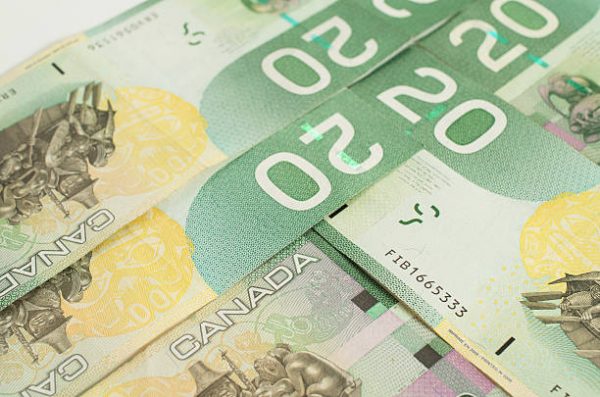 Risk sentiment turned a bit subdued in Asia today. Markets are broadly soft, continuing to digest the sharp tariff-driven selloff seen earlier this month. Even China's stronger-than-expected Q1 data, including a 5.4% GDP growth print and robust industrial and retail figures, failed to provide much lift. Market participants appear skeptical, viewing the numbers as a front-loading of activity ahead of the full brunt of US and China tariffs , which are already reaching decoupling levels. The real test for China’s resilience will come in the months ahead as trade disruptions deepen. Risk sentiment turned a bit subdued in Asia today. Markets are broadly soft, continuing to digest the sharp tariff-driven selloff seen earlier this month. Even China's stronger-than-expected Q1 data, including a 5.4% GDP growth print and robust industrial and retail figures, failed to provide much lift. Market participants appear skeptical, viewing the numbers as a front-loading of activity ahead of the full brunt of US and China tariffs , which are already reaching decoupling levels. The real test for China’s resilience will come in the months ahead as trade disruptions deepen. In the currency markets, Dollar is broadly weaker once again, giving back recent recovery as sentiment fluctuates. Aussie and Loonie are also underperforming. On the other hand, Swiss Franc has returned to the top of the board, followed by Euro and Yen, as investors rotate back into safer havens. Sterling and Kiwi are holding steady in the middle. BoC rate decision later today is a major focal point, and markets are evenly split on the outcome. Yesterday’s softer-than-expected inflation data reinforced the view that February’s CPI spike was likely transitory, giving BoC room to cut rates from 2.75% to 2.50%. With US tariffs weighing on global demand and sentiment, a preemptive move to cushion the Canadian economy would be defensible. However, some argue BoC may prefer to hold for now, especially to assess the medium-term inflationary effects of tariffs. While headline CPI is easing, trade-related supply disruptions and currency depreciation could generate renewed price pressures in the months ahead. Balancing these competing risks will be no easy task, and with the policy rate already cut sharply from its 5.00% peak, the central bank has room to wait for greater clarity..... |
